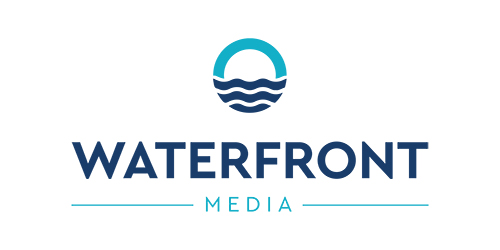A lot of people dream of starting their own business. Working for themselves rather than answering to a boss, setting their own work hours and making as much or as little money as they desire? What’s not to love? However, there’s a reason not everyone does it – it’s complicated, it can be confusing and sometimes there’s no market for your goods or services.
However, if you have a great business idea, passion and motivation, you can do it! So where do you start? Here’s a basic guide (from someone who’s done it all before)…
1. Register for an ABN & Business Name
Once you have a name for your business, you need to apply for an Australian Business Number (ABN) and register your business name. You will need to decide if you want to be a sole trader, partnership, company or trust. You also need to register your business name.
Your business name identifies you to your customers and allows you to differentiate yourself from your competitors. A business name also helps your customers to make an emotional connection to your business and brand.
2. Register your domain name and set up your website and email address
When you’re choosing a website domain for your business it’s best to go with a name that represents your business or brand, is easy to remember, pronounce and spell and is short or unique.
If you want to buy a .com.au or .net.au web address you will need to be a commercial entity and have either an Australian Company Number (ACN) or Australian Business Number (ABN).
For more information visit the .au Domain Administration Ltd website.
You can choose to create your own website using a relatively easy-to-use platform like SquareSpace, or you can employ a web designer to create it for you. It entirely depends upon your budget. If you do employ a web designer, make sure they create your website in WordPress, as it’s an easy platform to change in the future.
3. Accounting systems
With your accounting systems, you can go complex or simple. Simple being an Excel spreadsheet tracking your invoices (money coming in) and expenses (money going out). This is all your accountant will need at the end of the financial year, and is often enough in the first few years of business. As you make more money (hopefully!) you may need to set up Xero, MYOB or another system which makes creating and tracking invoices easier.
4. Promo materials and office supplies for your workspace
Business cards are thought to be a little old-school these days, but they still have their time and place (specifically when meeting new people and in face-to-face meetings with potential clients). Business cards can be very inexpensive if you look at Vistaprint or Moo.
Promotional materials such as fridge magnets, mugs, mini calendars and uniforms can also be sourced relatively cheaply.
OfficeWorks is great for office supplies and Inkstation are your best bet for cut-price printer cartridges.
5. Social media profiles
To begin with, you’ll need to create a Facebook business page. If you’re a professional service (e.g. recruiter, software reseller, performance coach, etc) you should also set up a LinkedIn page. All other social media platforms should be tailored to what your business does, and who your audience is. For example, if you are targeting Millennials (those born from 1981-1996) you may find Snapchat and Instagram are where your audience is. And if you’re selling a physical product that lends itself to photography then Instagram is a must (and perhaps also TikTok).
6. Legal contracts
Contracts help cover you in instances where clients are not paying their invoices, or where there has been a difference in opinion as to what you have been employed to do. In a service business, it’s a good idea to sign a client agreement with each new client prior to starting work for them. When you’re selling a product, your liability needs to be covered in terms of lost parcels, goods returned, etc. It’s best to be as clear as possible so both sides know the agreement boundaries.
7. Marketing activity
You’ll also need to register your business with Google My Business, so you come up in Google search results. It’s a good idea to look at online and offline marketing. Examples of online would include paid social media advertising, online banner ads on appropriate websites, email marketing and blogging. Offline advertising could include printed advertisements in local or national newspapers and magazines, printed flyers distributed in the mail, roadside banner advertising, radio and TV advertising and event marketing.
Starting a new business is exciting, scary, thrilling and terrifying all at the same time. Enjoy the ride, and if you need any help or assistance, don’t hesitate to reach out to me.

